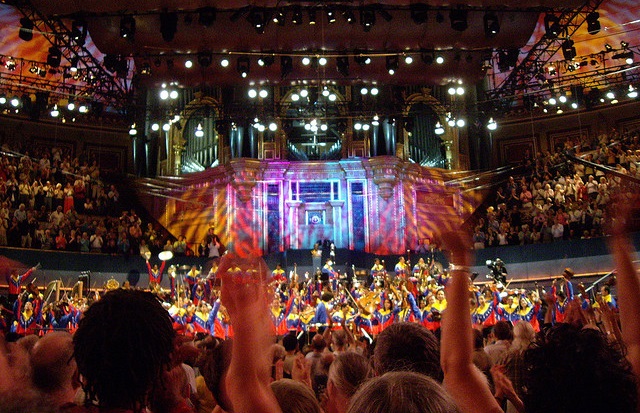
Photo: jonanamary (CC BY-NC 2.0)
Employment boom in music, performing and visual arts
Jobs in the arts are growing at a higher rate than in any other area of the creative industries, but new figures from the DCMS lay bare the scale of the diversity problem.
Employment in music, performing and visual arts across the UK increased by 33% between 2011 and 2014, more than double the rate of the creative industries as a whole, according to the latest figures from the DCMS. The rise in the value of exports by arts organisations also far outstripped any other area of the creative industries. £704m of music, performing and visual arts services were exported in 2013, a 146% increase on 2009.
The creative industries include a number of sectors, from arts, publishing and film to advertising and software development. The DCMS data reveals that employment across the industries, including non-creative roles, is growing at twice the rate of the wider UK economy. Culture Secretary John Whittingdale said the figures prove the sector is “one of our great success stories”.
The situation in museums, galleries and libraries is less promising. The number of jobs fell sharply between 2011 and 2012 and has been falling steadily in the years since: there were 7% fewer jobs in 2014 than in 2011. This decline may be having a negative effect on diversity: the proportion of museum, gallery and library jobs filled by a person from a black, Asian or ethnic minority (BAME) background fell from 9% in 2011 to 8% in 2014. Women are generally better represented than men, but there has been a gender shift in the workforce in recent years: from a ratio of 7:3 in 2011 to 6:4 in 2014.
Lack of diversity is even more evident in music, performing and visual arts: just 6% of jobs were filled by a person of BAME origin in 2014, making the sector the least diverse group in the creative industries, matched only by architecture. The diversity of the creative industries as a whole is now in line with the UK workforce, but this is largely thanks to a high level of diversity in IT, software and computer services.
Museums, galleries and libraries have the highest proportion of workers from lower socio-economic groups – 27% compared with 8% across the creative industries as a whole. Music, performing and visual arts also have a higher than average proportion of less advantaged workers at 11%. However, the proportion of workers with a degree has risen in both music, performing and visual arts and museums, galleries and libraries, now accounting for 61% and 57% respectively. This is a trend common across the whole of the creative industries.
Join the Discussion
You must be logged in to post a comment.